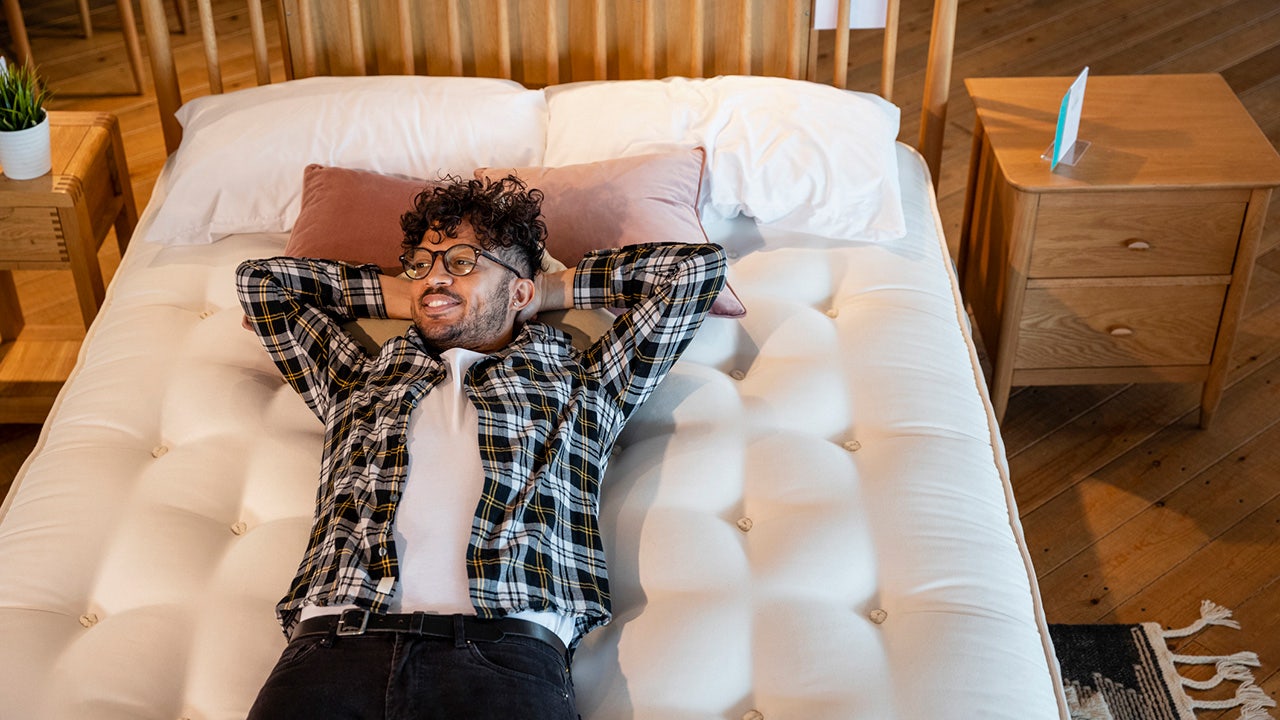Archaeologists uncovered disturbing details about a Pompeii family's fight for survival during the destructive eruption of Mt. Vesuvius in 79 A.D.
The Pompeii Archaeological Park announced the recent excavation in a Facebook post in April. Researchers investigated the House of Helle and Phrixus in Pompeii, finding proof of "residents' attempts to save themselves from the ongoing eruption."
The house consists of an entrance, an atrium with a water collection basin called an impluvium, and a bedroom — plus a room with a canopy and a banquet hall with "richly decorated walls."
ANCIENT TOMB TIED TO ROMAN GLADIATOR DISCOVERED BY ARCHAEOLOGISTS
"This opening may have allowed lapilli (volcanic rock fragments) to rain inside the house during the early phases of the eruption, from which the victims, now found, tried to protect themselves by taking refuge in a room barricaded with a bed," noted the statement, which was translated from Italian to English.
"A cast of the bed was made by identifying voids in the solidified ash formed by the organic decomposition of the wood," officials said.
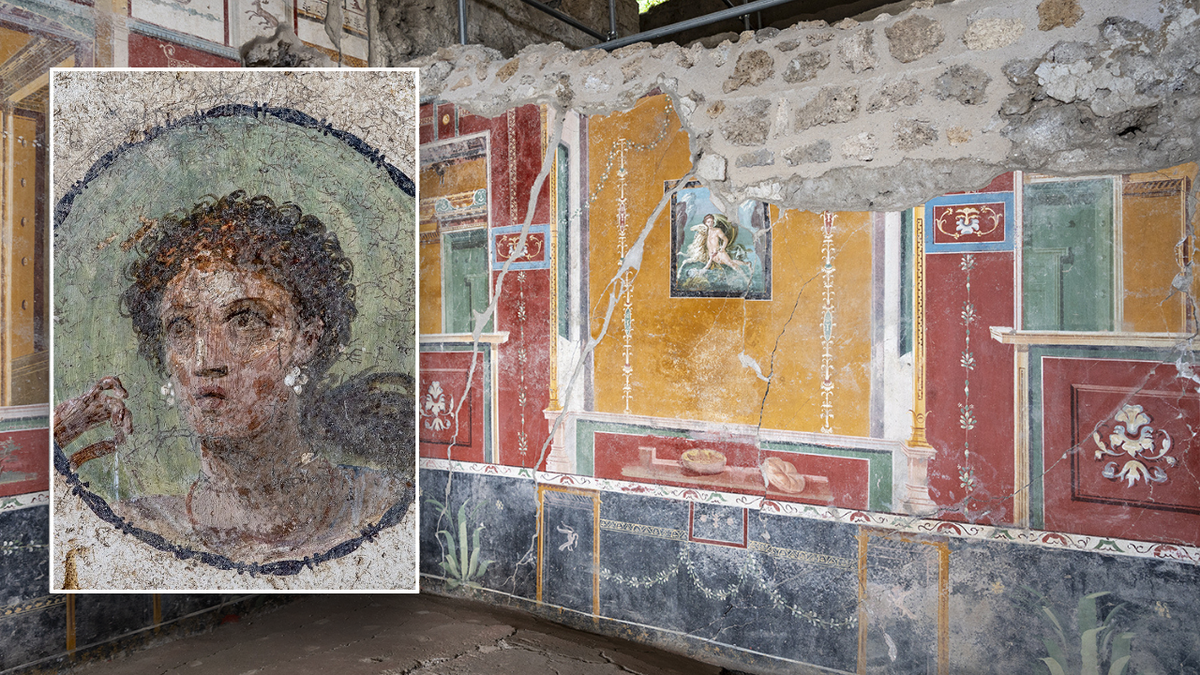
Archaeologists recently excavated a house in Pompeii, revealing its inhabitants' final moments before disaster struck. (Pompeii Archaeological Park via Facebook)
"Plaster was poured into the voids to reconstruct the shape of the bed preserved as an imprint in the ash."
In one striking account, researchers found that a family placed a bed across a bedroom door as a makeshift barricade to protect themselves against the volcanic eruption.
EXPERTS SHOCKED BY ANCIENT KING ARTHUR MANUSCRIPT FOUND TUCKED INSIDE BOOK: 'SURVIVED THE CENTURIES'
Archaeologists also came across the remains of at least four people in the house, including a child.
"The child likely owned the bronze bulla found here, an amulet worn by boys until reaching adulthood," the post said.
A family placed a bed across a bedroom door as a makeshift barricade to protect themselves against the volcanic eruption.
Excavators also found various pantry items, which paint a vivid picture of daily life in Ancient Rome.
"Among various other objects discovered were a stash of amphorae stored under a staircase serving as a pantry, some used to contain garum, a widely used fish sauce; and a set of bronze vessels, including a ladle, a single-handled jug, a basket-shaped vase, and a shell-shaped cup," the statement said.
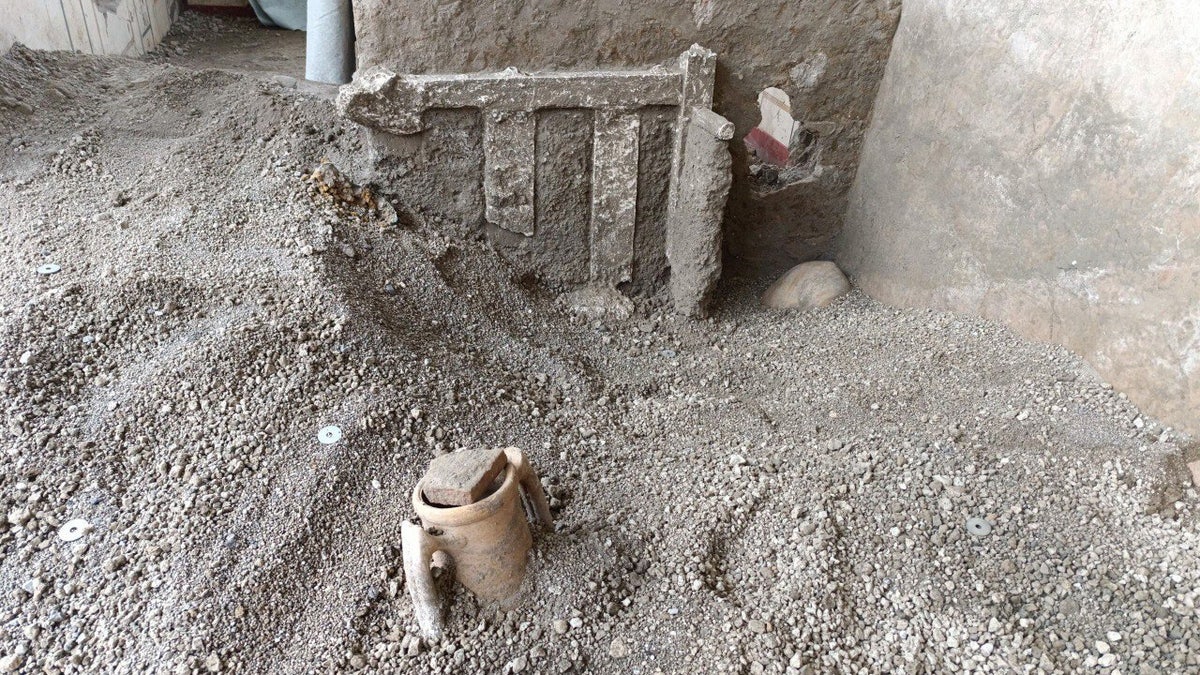
Pompeii was buried under meters of volcanic ash and pumice in the eruption of Mount Vesuvius in 79 A.D. (Pompeii Archaeological Park via Facebook)
The house may have also been undergoing renovation at the time of the eruption, as there were thresholds removed and traces of wall cutting sitting at the entrance of the residence.
For more Lifestyle articles, visit foxnews.com/lifestyle
"However, it continued to be occupied by its residents, who, caught by the eruption, chose not to leave the house, meeting their end there," the statement added.
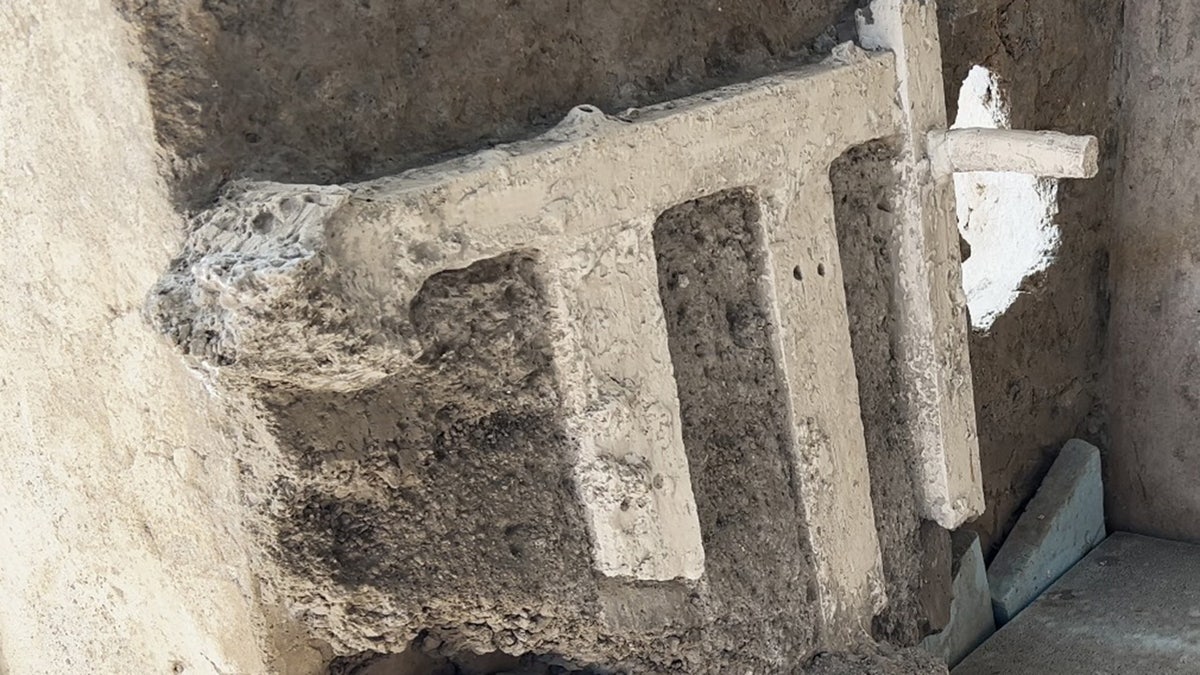
Officials found that Pompeii residents attempted to barricade their bedrooms amid the Mt. Vesuvius eruption. (Pompeii Archaeological Park via Facebook)
The house was named for a mythological painting that depicts Elle and Phrixus, two figures in Greek mythology.
The painting was found on one of the house's walls, though archaeologists do not believe that the inhabitants worshiped Greek gods.
CLICK HERE TO SIGN UP FOR OUR LIFESTYLE NEWSLETTER
"[In] the 1st century AD, these stories no longer held the religious and cultural significance they had in the archaic and classical ages," the archaeological organization said.
The excavation helps to confront "the fragility of life for all of us."
"We must assume, therefore, that their function in the homes of the middle and upper classes was primarily entertainment, the display of economic and cultural status, and ‘beauty,’ which is also evident in this medium-sized domus."
In a statement, Pompeii Archaeological Park director Gabriel Zuchtriegel said the excavation helps to confront "the fragility of life for all of us."
"In this wonderfully decorated small house, we found traces of the inhabitants who tried to save themselves by blocking the entrance to a small room with a bed, of which we made a cast," Zuchtriegel said.
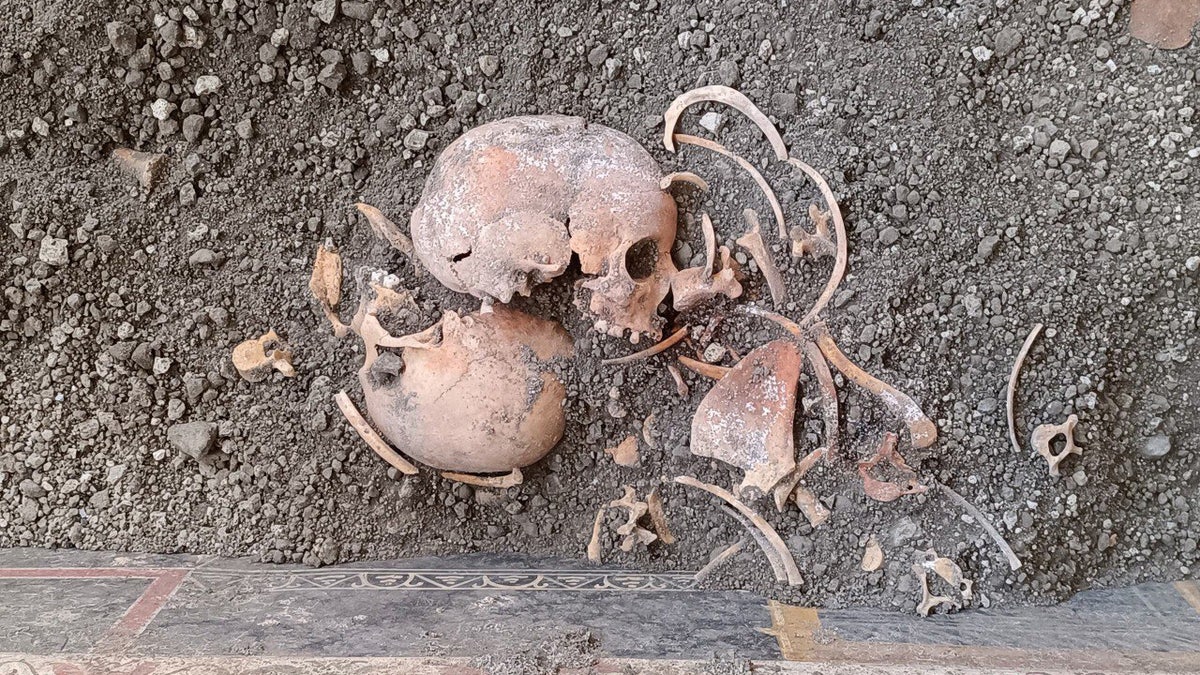
The remains of four victims, including a child, were found in the House of Helle and Phrixus. (Pompeii Archaeological Park via Facebook)
"This was because lapilli, volcanic stones, were entering through the atrium roof opening, threatening to invade the space," he continued.
CLICK HERE TO GET THE FOX NEWS APP
"They didn't make it; in the end, the pyroclastic flow arrived, a violent stream of scorching ash that filled every room here, as elsewhere, with seismic shocks having already caused many buildings to collapse."

 4 hours ago
1
4 hours ago
1









































